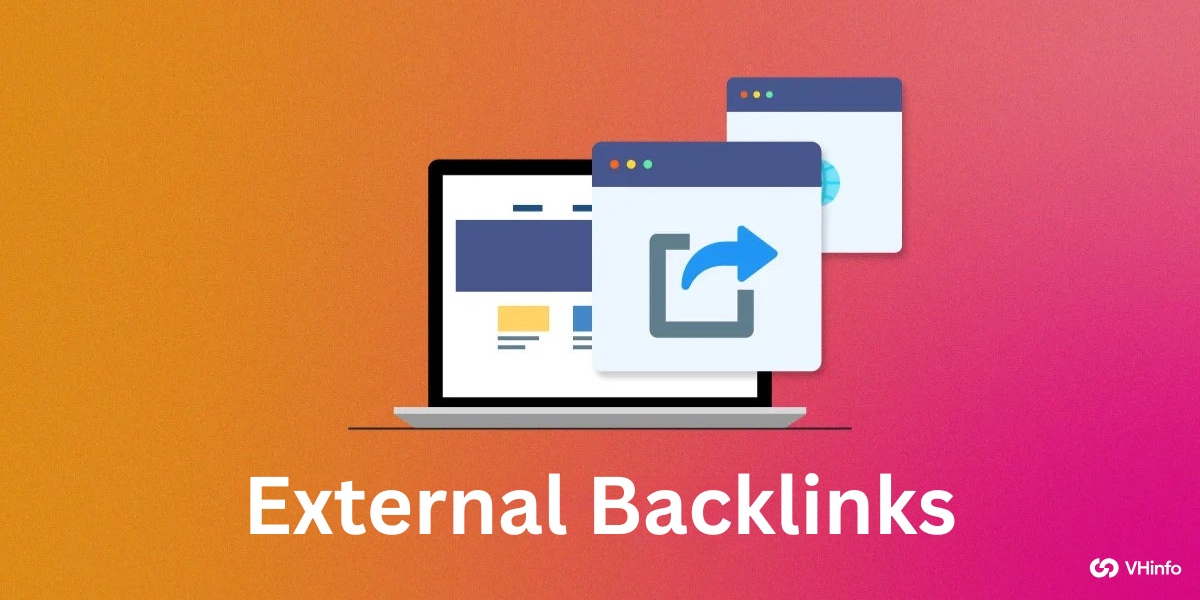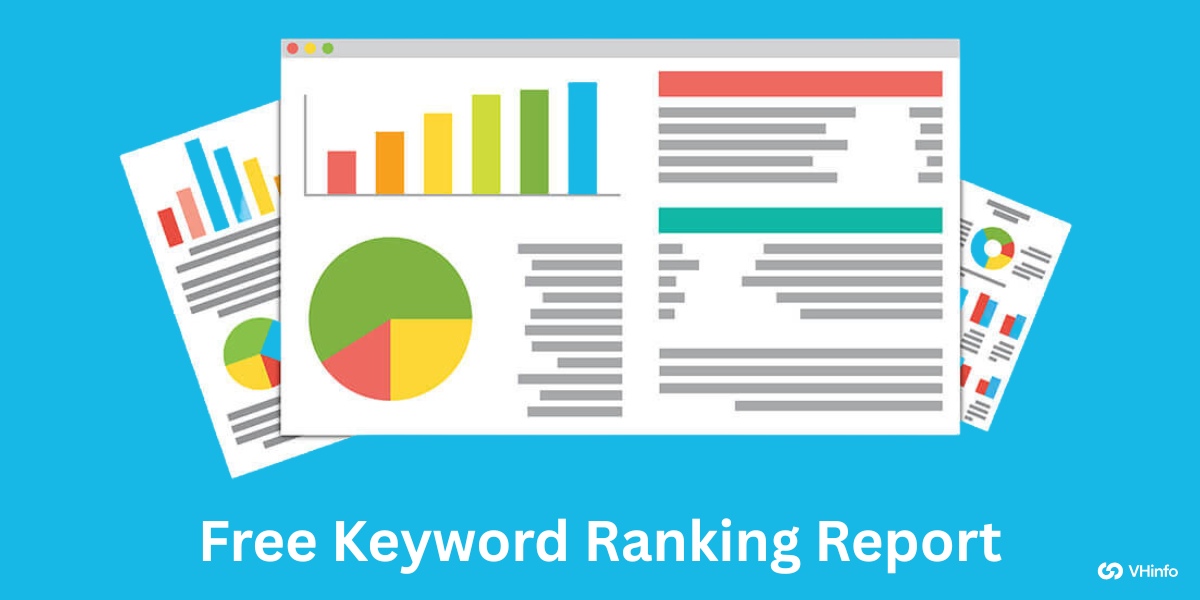Cascading Style Sheets, or CSS, is a style sheet language used in web development. Think of it as the clothing and makeup for a website.
While HTML code builds the basic structure of web pages, like a skeleton, CSS adds all the style—colors, fonts, and layouts. It is a core part of web design. But CSS does more than just make a website look good. It also plays a big role in search engine optimization (SEO).
This is where CSS SEO comes in. It involves using CSS in a way that helps your website perform better in search engine results. When you use CSS smartly, you can improve your site’s technical SEO and help search engines understand your important content more easily.
What is CSS SEO & Why It Matters?

CSS SEO is the practice of optimizing your CSS code to improve your website’s search engine performance. It may sound technical, but the idea is simple: make your CSS files clean, fast, and easy for search engine bots to read.
This has a significant impact on how your site ranks in Google Search.
So, why does it matter? Search engines like Google want to show their users the best possible results. This means they prefer websites that load quickly, work well on a mobile device, and provide a great user experience. Your CSS code directly affects all of these areas.
By optimizing your CSS, you make your web pages more attractive to both users and search engines. A good SEO strategy always includes CSS optimization because it can lead to higher rankings, more organic traffic, and a better overall digital marketing performance.
How Does CSS Affect SEO Performance?

The way you use CSS can either help or hurt your SEO efforts. It affects everything from how fast your page loads to how easily search engine bots can understand your content. Here’s a closer look at how CSS influences your SEO performance.
Site Speed and Core Web Vitals
Website speed is a critical ranking factor. If your site is slow, users will leave, and search engines will notice. Large and messy CSS files are a common cause of slow load times.
When a browser loads a web page, it has to download and read all the CSS files before it can show the page correctly. This is known as a render-blocking effect. If your CSS code is bloated, it takes longer to load, leaving your user staring at a white background.
This directly affects your Core Web Vitals, which are metrics Google uses to measure user experience. These include:
- Largest Contentful Paint (LCP): How long it takes for the main content of a page to load. Large CSS files can delay this.
- First Input Delay (FID): How long it takes for a page to become interactive.
- Cumulative Layout Shift (CLS): Whether elements on the page move around as it loads.
Optimizing your CSS files helps improve your Core Web Vitals scores, which sends a positive signal to search engines.
Crawlability and Indexing
Search engine bots do not see web pages the same way humans do.
They read the HTML code from top to bottom to understand the content and structure. Without CSS, the most important content on your page might be buried deep in the code, even if it appears at the top of the screen.
With smart CSS, you can arrange your HTML code so that the most important content is at the very top. This helps search engine bots quickly identify what your page is about, which can improve its chances of ranking in search results.
On the other hand, if your robots.txt file blocks search engines from accessing your CSS files, they can’t render the page correctly. Google’s John Mueller has stated that this can harm your SEO because Google needs to see the page as a user does.
Mobile-Friendliness
More people use their phones to browse the internet than ever before. Because of this, Google uses mobile-first indexing, meaning it primarily looks at the mobile version of your site for ranking. CSS is what makes responsive design possible.
Using tools like media queries, CSS allows your website to adapt its layout to fit any screen size, from a large desktop to a small mobile device.
If your CSS is not optimized for mobile, users will have a bad experience. They might have to pinch and zoom to read your text, and buttons might be too small to tap. This creates a poor user experience, which can cause your site to drop in the search engine results pages.
User Experience (UX)
All of these points—page speed, crawlability, and mobile-friendliness—come together to create the user experience.
A fast, easy-to-use website gives users a better experience. When users are happy, they are more likely to stay on your site longer and engage with your content. This behavior tells search engines that your site is valuable, which can give your SEO performance a boost.
Clean and efficient CSS code is a key part of creating that positive experience.
8 Best Practices For Effective CSS SEO

Optimizing your CSS doesn’t have to be complicated. Following a few best practices can have a positive effect on your website speed and search engine rankings.
- Minify Your CSS Files to Reduce Size: Minification is the process of removing all unnecessary characters from your CSS code without changing how it works. This includes removing spaces, comments, and line breaks. The result is a much smaller file size, which means your CSS files will load faster. Think of it like packing a suitcase—by folding your clothes tightly and removing extra items, you can fit more in and keep the bag light.
- Combine Multiple CSS Files Into One: Many websites use multiple CSS files for different parts of the design. However, every time a browser has to fetch a separate style sheet, it creates another request to the server, which slows down load times. By combining all your CSS code into a single file, you reduce the number of requests and help your page load faster.
- Use External Stylesheets Instead of Inline CSS: There are three ways to add CSS to web pages: in an external style sheet, in the header of the HTML code, or directly on HTML elements (inline CSS). The best method for SEO is to use an external style sheet. When the CSS is in its own file, the browser can save it after the first visit. This is called browser caching. For all future visits, the browser can load the saved file from its cache instead of downloading it again, which greatly improves page speed.
- Optimize CSS Delivery For Faster Rendering: Not all CSS is needed right away. Some styles are for parts of the page that are further down and not immediately visible. You can optimize CSS delivery by splitting your CSS into two parts: critical and non-critical. The browser will load the most important CSS first, allowing the page to render faster.
- Implement Critical CSS For Above-the-Fold Content: Critical CSS refers to the styles needed to display the content that appears “above the fold“—the part of the page a user sees without scrolling. By loading this critical CSS first, you can make the page appear to load almost instantly. This provides a much better experience for the user and improves your LCP score from the Core Web Vitals report.
- Remove Unused CSS Code: Over time, as a website changes, it can accumulate a lot of unused CSS code. This is especially true if you are using a pre-made theme or a CSS framework. This extra code adds to the file sizes, slowing down your site for no reason. Regularly auditing your site to find and remove this “dead weight” is a simple way to improve your SEO performance.
- Use CSS Sprites to Minimize HTTP Requests: If your website has many small images, like social media icons, each one requires a separate HTTP request to load. A CSS sprite is a technique where you combine all these small images into one single image file. Then, you use CSS to show only the part of the image you need. This drastically reduces the number of requests and can speed up your load times.
- Ensure Your CSS is W3C Validated: The World Wide Web Consortium (W3C) sets the standards for web development. A W3C validator is a tool that checks your CSS code for errors, much like a spell checker for a document. Valid CSS ensures that all browsers can read and apply your styles correctly. Clean, error-free code is easier for search engine bots to process.
Common CSS SEO Mistakes and How to Avoid Them?

While good CSS can boost your SEO, common mistakes can seriously harm your rankings.
Here are some frequent issues and how you can steer clear of them.
Improperly Hiding Content With Display: None
Sometimes, web designers use the CSS command display: none; to hide content from view.
While this can be used for legitimate design purposes, like in dropdown menus, some have used it to hide text packed with keywords to try and trick search engines. This is considered a black-hat SEO tactic.
Google can tell when content is hidden in this way and may penalize your site for it. If you need to hide content, make sure there’s a good reason for it from a user experience perspective.
Blocking CSS Files in Robots.txt
The robots.txt file tells search engines which files or pages on your site to ignore. Some website owners mistakenly block their CSS files, thinking it will speed up crawling. This is a huge mistake.
As Martin Splitt and John Mueller from Google have explained, Google needs access to your CSS files to render your page and understand its layout. If you block CSS, Google sees a broken, unstyled page, which can lead to a drop in your rankings.
Always make sure your CSS files are accessible to search engine bots.
Loading Bloated CSS Frameworks
CSS frameworks like Bootstrap or Foundation are popular in web development because they make creating responsive designs easier.
However, they often come with a lot of code that you might not need for your specific web design. Loading a large, bloated framework can increase your CSS file sizes and slow down your site.
If you use a framework, be sure to customize it to include only the components you are actually using.
Ignoring Mobile-First CSS Optimization
With Google’s move to mobile-first indexing, designing for mobile devices should be your top priority.
A common mistake is to design for the desktop first and then try to make it fit on a mobile screen later. This often results in a clunky mobile experience. A better approach is to design for the mobile device first and then add styles for larger screens using media queries.
This ensures a fast and smooth experience for the majority of your users. While tools can help with the technical side of your SEO strategy, building authority and getting seen requires more.
VH-info is an agency that provides SaaS link-building services to help boost your organic traffic.
Tools and Resources For Your CSS SEO Audit

Auditing your CSS is a key part of technical SEO. Luckily, there are many tools available to help you identify and fix issues.
- Google PageSpeed Insights: This free tool from Google analyzes your website’s performance on both mobile and desktop. It provides a score from 0 to 100 and gives you detailed recommendations for improvement. It will flag issues like render-blocking CSS and unused CSS code, and it also measures your Core Web Vitals.
- GTmetrix: GTmetrix is another popular performance tool that gives you a deep dive into your website speed. It shows you a timeline of how your page loads and points out bottlenecks, including slow-loading CSS files. It also provides a grade for your site and offers actionable advice to fix problems.
- Online CSS Minifiers and Validators: Many free online tools can help you with CSS optimization. CSS minifiers will take your code and automatically shrink it down for you. CSS validators will check your style sheet for errors and ensure it meets W3C standards. These simple tools can help you apply best practices quickly.
- Chrome DevTools For Auditing CSS: The Chrome browser comes with powerful built-in developer tools. The “Coverage” tab in Chrome DevTools can show you exactly how much of your CSS (and JavaScript) code is being used on a page. This is a fantastic way to find and remove unused CSS. You can also use the “Audits” panel, powered by Lighthouse, to run a full performance audit right from your browser. These tools are excellent for hands-on CSS optimization, but a strong SEO strategy also requires off-page efforts. At VH-info, our saas link-building services are designed to build your brand’s authority in the search engine results.
FAQ’s:
How Does CSS Help in SEO?
CSS helps SEO in several key ways. It improves page speed by allowing for smaller file sizes and browser caching. It also enhances the user experience by creating a visually appealing and easy-to-navigate site.
Finally, it helps search engines understand the structure of your content, which can have a positive effect on your SEO performance.
Can CSS Alone Improve SEO?
No, CSS alone cannot completely improve your SEO.
While CSS optimization has a significant impact on technical SEO and user experience, it is only one piece of a much larger puzzle. A successful SEO strategy also requires high-quality content, targeted keywords, and authoritative backlinks.
While clean CSS builds a strong foundation, it won’t rank a page by itself. A robust link-building strategy, such as the services offered by VH-info, is essential to drive authority and improve your search engine ranking.
Can Incorrect CSS Implementation Negatively Affect My SEO?
Yes, absolutely. Incorrect CSS can severely damage your SEO efforts. It can lead to slow load times, a poor mobile experience, and may even hide important content from search engines. All of these issues can cause your rankings to drop and reduce your organic traffic.
Do CSS Class Names Affect Search Engine Rankings?
According to Google’s John Mueller, CSS class names do not directly affect search engine rankings.
Search engines do not look at the names you give your CSS classes (footer-blue, main-title, etc.) as a ranking factor. However, using clear and descriptive class names is a good practice for web development, as it makes your code easier to read and maintain for developers.
Conclusion
CSS is much more than just a tool for making web pages look pretty. It is a fundamental part of a modern SEO strategy that directly influences your website’s performance, user experience, and ability to rank in search engine results.
Optimizing CSS by minifying files, eliminating unnecessary code, and prioritizing mobile-first design leads to reduced load times and enhances your visitors’ overall experience.
Taking the time to address your CSS SEO builds a strong, healthy foundation for your digital marketing efforts.
When you are ready to build on that foundation and amplify your reach, contact VH-info for expert SaaS link-building services designed to elevate your brand in the search results.


